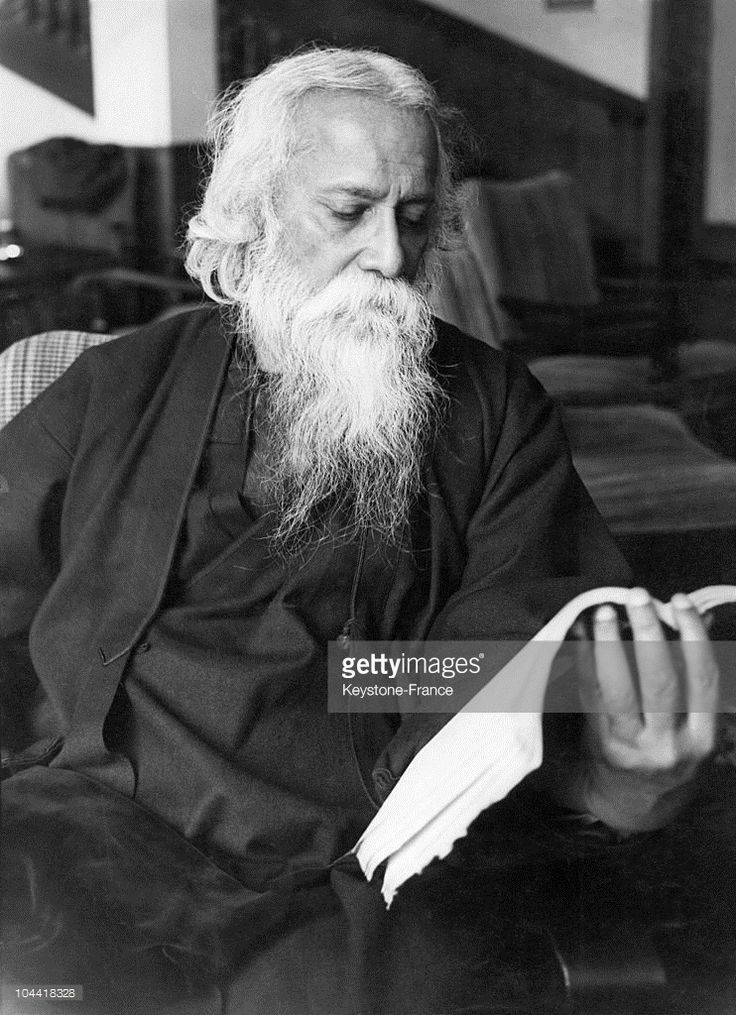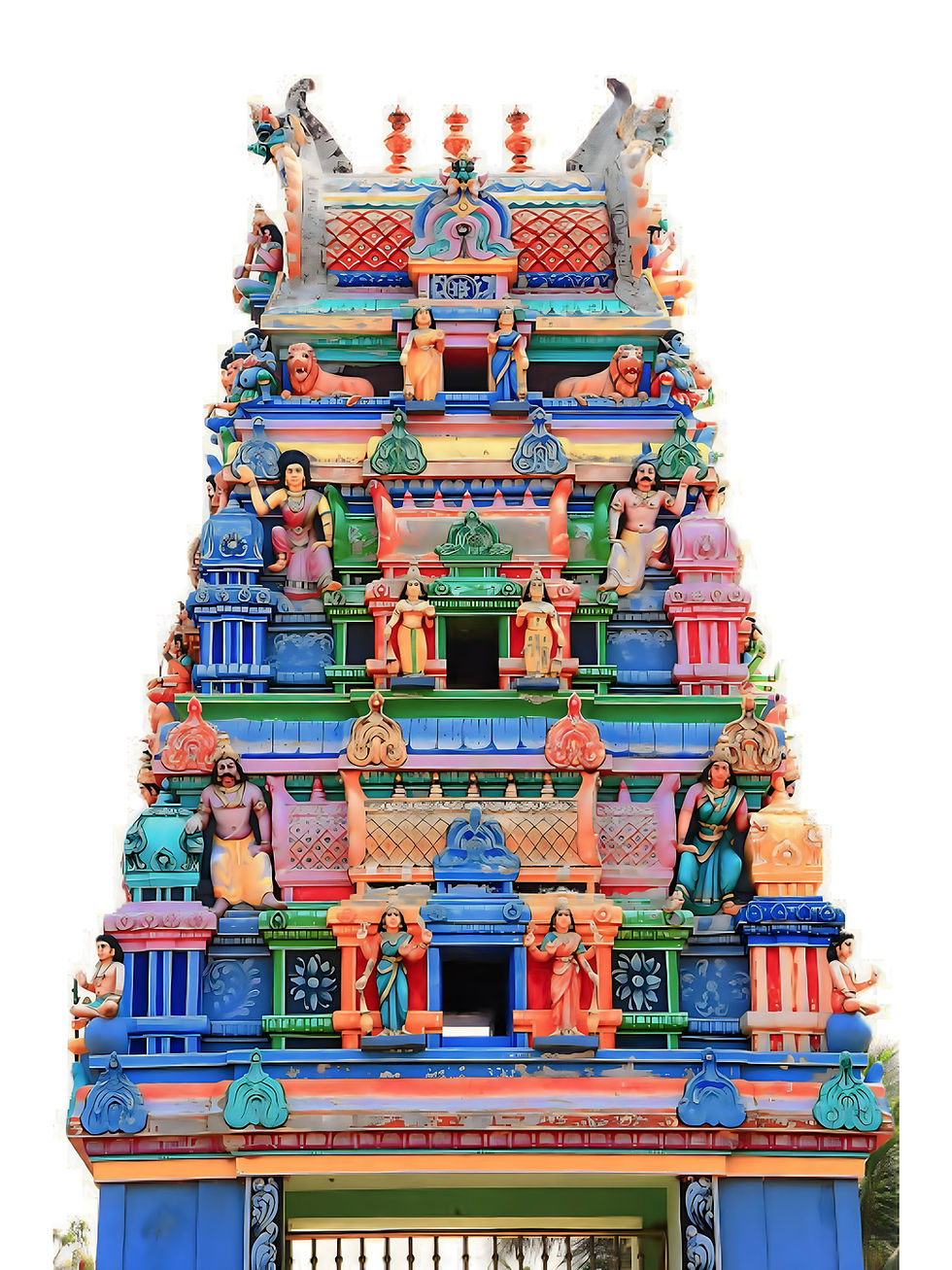What makes a genius?
- Aarav Ghate

- Jun 9, 2023
- 2 min read
Updated: Aug 18, 2023
Leonardo Da Vinci was of humble origins. Hailing from Florence of the 1400s, Leonardo was a visionary, an engineer and an artist. He was also a genius.
His name is very well known in the world today. Be it for his designs of futuristic machines, or Mona Lisa, perhaps the most famous painting of all time.
However, that is not why Da Vinci was a genius. He managed to do something that today seems unbelievable.
He connected two things that at first sight, seem polar opposites.
Imagine bringing heaven and hell together? Fire and water? One might think they would cancel each other out. Da Vinci knew otherwise.
The Fibonacci sequence is a sum of natural numbers. It sounds just like another mathematical term, but it represents so much more.
0, 1, 1, 2, 3, 5, 8…

Seems pretty normal?!
It certainly doesn't look important enough to deserve more than a cursory glance. Further inspection will reveal that two consecutive numbers bear approximately the same ratio;
1: 1.6.
As we consider the later terms, the value gets even closer to this number.
Well that makes it marginally interesting.
But if we were to measure the length of our forearm, and then our hand…
Guess what?!
The ratio is 1:1.6
The ratio of the palm and the hand itself?
1: 1.6.
This is the Golden Ratio, and it is EVERYWHERE. A simple Google search will show a recurring pattern. Be it flower petals, leaves or even the shape of the ear. This is the ratio of nature. Everything that we find beautiful, shells, roses, galaxies…the golden ratio designs them.
It's mind blowing and one might think it is included in the realm of science. But Da Vinci disagreed. And that was his genius.
All his paintings harness this Golden Ratio. EVEN Mona Lisa. Be it the ratio of white to another color, or the geometry of how objects are placed. This was repeatedly used by him. The ViItruvian man, a sketch in one of his notebooks, is believed to show the ideal proportions of the human body by using this same ratio.
And it turns out, it was used by humans far before Da Vinci. In fact it was already everywhere before him. The Pyramids, the Parthenon, it was there for everyone to see.
But Da Vinci was the one who saw its potential and put it to use. He saw this derivative of science, and he saw art.
He brought them together. He showed polar opposites they might seem, but they bring out the best in each other. They are both manifestations of human ideas, and more similar than we think. Such parallels are rampant, and really change the way we look at the world.
This breakthrough only clicks for a few people though. We call them visionaries and geniuses.
Do you think Science and Art are similar? We would love to hear in the comments!
- Aarav Ghate




Comments